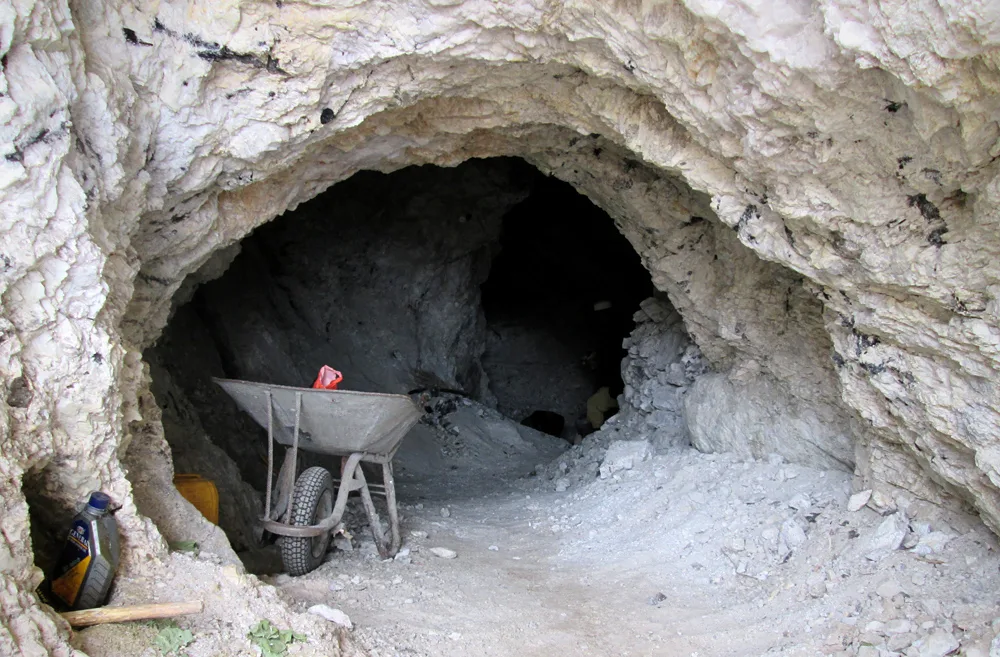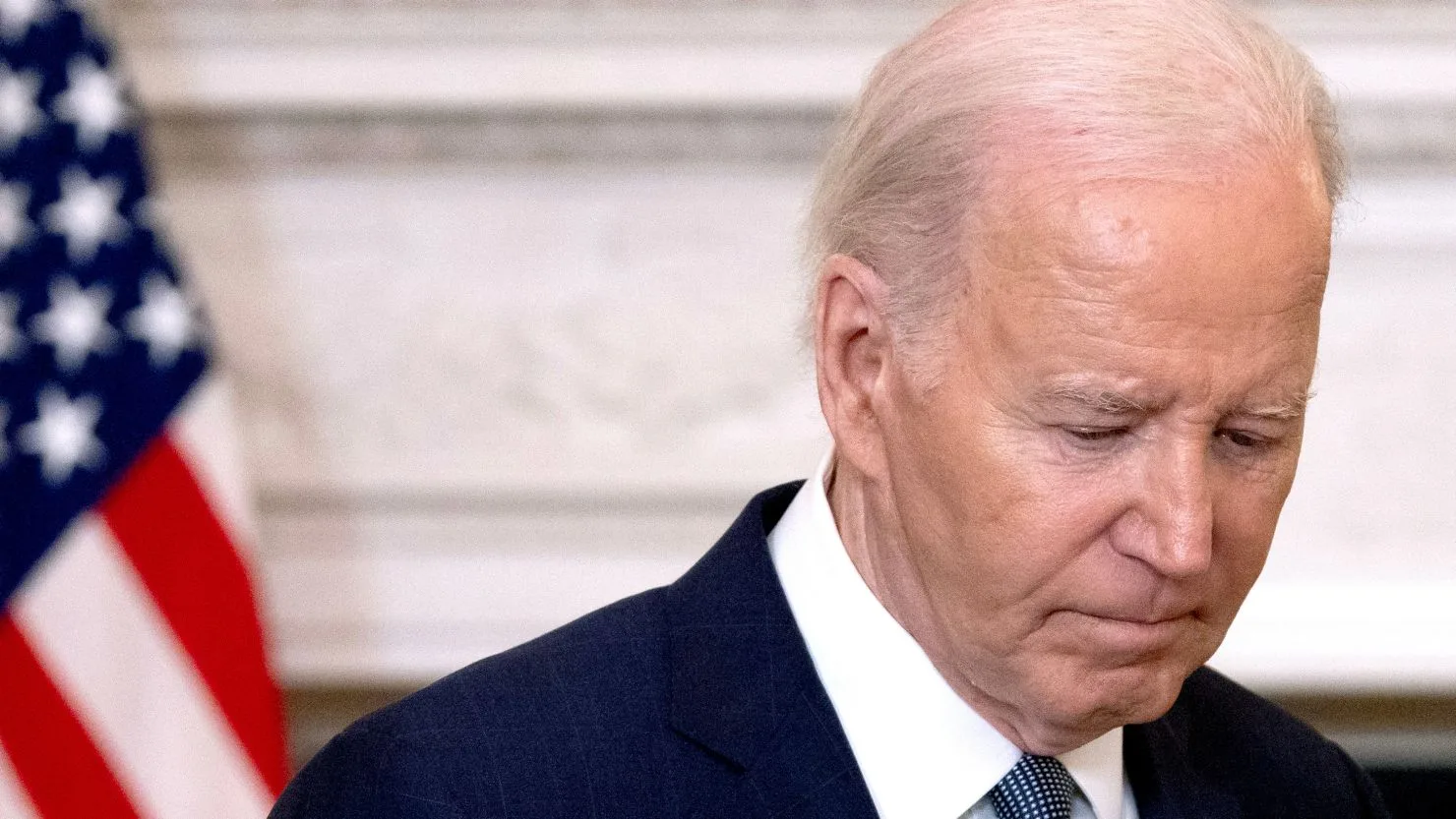Key Points:
“The Taliban’s takeover of Afghanistan has given them control of vast, untapped mineral resources estimated to be worth trillions of dollars.”,
“These resources include lithium, copper, iron ore, and rare earth elements, crucial for batteries, electronics, and renewable energy technologies.”,
“The Taliban are seeking foreign investment to exploit these resources, aiming to transition from a sanctioned insurgency to a self-sufficient state.”,
“However, significant challenges remain, including security concerns, corruption, lack of infrastructure, and international sanctions.”,
“The international community faces a dilemma: engage with the Taliban to potentially stabilize Afghanistan and prevent humanitarian disaster, or isolate the regime and risk further instability and human suffering.”
Content:
After seizing power in Afghanistan, the Taliban now control the country’s vast and largely untapped mineral wealth, estimated to be worth trillions of dollars. These resources, including lithium, copper, and rare earth elements, are in high demand globally for use in batteries, electronics, and renewable energy technologies. The Taliban view these mines as a potential economic lifeline and are actively seeking foreign investment to kickstart extraction and processing. However, substantial obstacles stand in their way, including security concerns, endemic corruption, lack of infrastructure, and international sanctions. The international community faces a complex dilemma: engage with the Taliban to facilitate responsible resource development, potentially fostering stability and economic growth, or isolate the regime and risk exacerbating the humanitarian crisis and fueling further instability.
Unique Perspective:
The Taliban’s control of Afghanistan’s mines presents a double-edged sword. While it could provide a path to economic self-sufficiency and potentially lift millions out of poverty, it also carries the risk of deepening conflict and exacerbating existing social and environmental challenges. The international community must weigh these risks carefully and consider innovative approaches, such as conditional engagement and targeted sanctions, to ensure that Afghanistan’s mineral wealth benefits its people and does not become a source of further conflict and instability.



